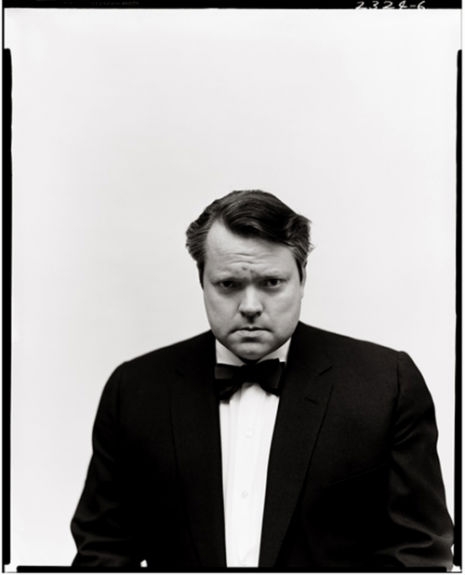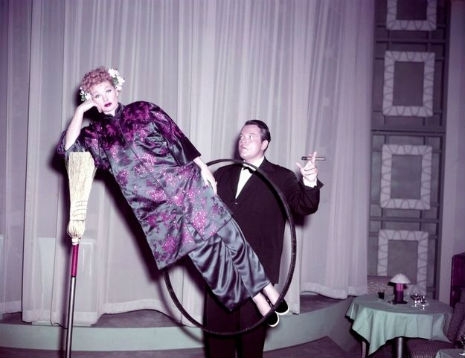
Orson Welles wrote, starred in, directed, art directed and even produced the music for “The Fountain of Youth,” an ingeniously devised and wryly funny half-hour that was made as a television pilot for an ill-fated anthology show that Welles developed for Lucille Ball and Desi Arnaz’s Desilu production company. Imagine a Twilight Zone or Alfred Hitchcock Presents, but with Orson Welles in the auteur/narrator’s role. The pilot was shot in 1956, but the The Orson Welles Show never happened. It ultimately aired on NBC’s Colgate Theater in 1958.
From the first minutes of “The Fountain of Youth” it’s very obviously different from any and every television show of that era, with a clever use of rear projection, consecutive photo stills, illustration, on-camera set changes, innovative sound editing, experimental narrative techniques and multilayered storytelling.
Welles’ script was based on a short story, “Youth From Vienna” by New Yorker writer John Collier. A scientist, Humphrey Baxter (Dan Tobin), searching for an eternal youth serum falls in love with a beautiful young Broadway actress named Carolyn Coates (Joi Lansing) but is forced to return to Europe to work with a distinguished older scientist. He’s gone for three years, and upon returning to New York, finds that his love has taken up with Alan Brody, a handsome tennis star (Rick Jason) closer to her own age. The spurned scientist gives the glamorous couple a single dose of the youth serum—it’s the only one in existence and it can’t be split 50/50 or it won’t work at all—for a wedding present. That’s when the fun begins…

Actor Rick Jason, who played the vain tennis pro Alan in “The Fountain Of Youth,” discussed working with Welles in his autobiography Scrapbooks Of My Mind:
“To shoot a scene, there was a slide projector sixty feet or so away from the camera that projected the still onto a huge opaque screen (which more than filled the camera lens) in front of which we worked. A few pieces of furniture, or whatever were required in the foreground to dress the set, completed the arrangement. Most scenes were in either medium or close shots and, rather than cut from one scene to the other, Welles had the actor stand in place while the opaque screen behind him dissolved to the new scene. If the actor was going from an exterior to an interior, the lights on him would go dark, leaving him in silhouette during the backscreen dissolve. As the background changed to the interior, the lights came up on his face and he removed his hat and coat as the camera pulled back revealing the new interior set.”

Two geniuses: Lucille Ball levitated by Orson Welles
Although the director, notorious for going over budget did go a little bit over budget on the pilot for The Orson Welles Show, he didn’t go too crazy, as Arnaz had told him the show was being produced with his own “‘Babalu’ money.” The show won Welles and NBC’s Colgate Theater a Peabody Award in 1958. Look for a cameo appearance by Nancy Kulp, better known as “Mrs. Hathaway,” the shrewish secretary on The Beverly Hillbillies.





